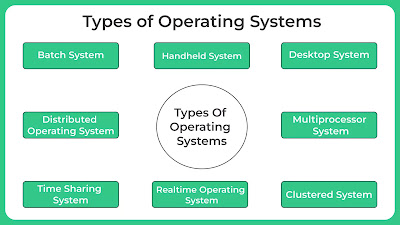Democracy of Nepal

Nepal is a federal democratic republic, meaning it has a system of government where power is vested in the people, who elect representatives to make decisions on their behalf. The country has a multi-party political system, and its government operates under the framework of a constitution that ensures fundamental rights and freedoms for its citizens. Democracy in Nepal has evolved over the years, with significant milestones: End of the Absolute Monarchy (2008): Nepal was a monarchy for centuries. In 2008, after a decade-long civil war, the monarchy was abolished, and Nepal was declared a republic. This transition marked a significant shift towards a democratic system. Constitution of Nepal (2015): After years of political instability and conflict, Nepal promulgated a new constitution in 2015. The constitution set up a federal democratic republic, dividing the country into seven provinces, and guaranteeing the fundamental rights of citizens, including freedom of speech, the right...

